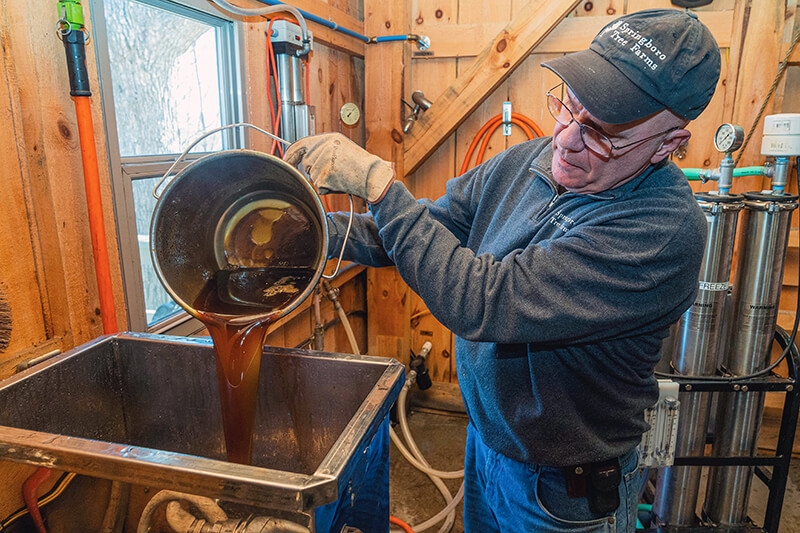Got Guts?
Students investigate the different digestive systems of livestock, examine the unique nutritional needs based on these structures, and discover the responsibilities of an animal nutritionist.
Students investigate the different digestive systems of livestock, examine the unique nutritional needs based on these structures, and discover the responsibilities of an animal nutritionist.
Students observe how earthworms speed the decomposition of organic matter and identify how this adds nutrients to the soil that are important for plant growth by constructing worm habitats from milk jugs.
Using tomatoes as a theme, students practice the math and science skills of estimating, measuring, counting, graphing and sequencing.
Students explore basic information about pigs and the products they provide.
Students investigate the sources of different foods by differentiating between foods originating from plants and foods originating from animals.
Students identify the variety of soybeans uses for human consumption, livestock feed, and industrial products, explain how key historical events affected soybean production in the United States, and create a bioplastic made from soybeans.
Students identify the basic needs of plants and fish and engineer, assemble, maintain, and observe a small-scale aquaponics system that meets plant and fish needs.
Students will determine the presence of DNA in their food by extracting it from a strawberry. Then, students will compare and contrast GMOs and organic foods in order to evaluate the nutrition, safety, economic, geographic, and environmental impacts of these agricultural production practices.
Students explore the life cycle of wild rice, compare the steps of the traditional Native wild rice harvest with a cultivated wild rice harvest, and create their own wild rice bowls.
Students explore peach production in various regions of the United States, describe how peaches are produced and processed from farm to table, and explain how internal and external structures of peaches support survival and growth.
Students identify how the basic needs of a growing chick are met during egg incubation, diagram the parts of an egg, and hatch eggs in class.

Students recognize how geography and climate allow for the growth of maple trees and the process of making syrup, identify the characteristics of maple trees that produce the best sap for making maple syrup, and name the steps in the process of creating syrup from sap.